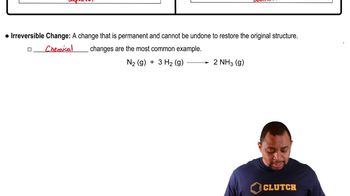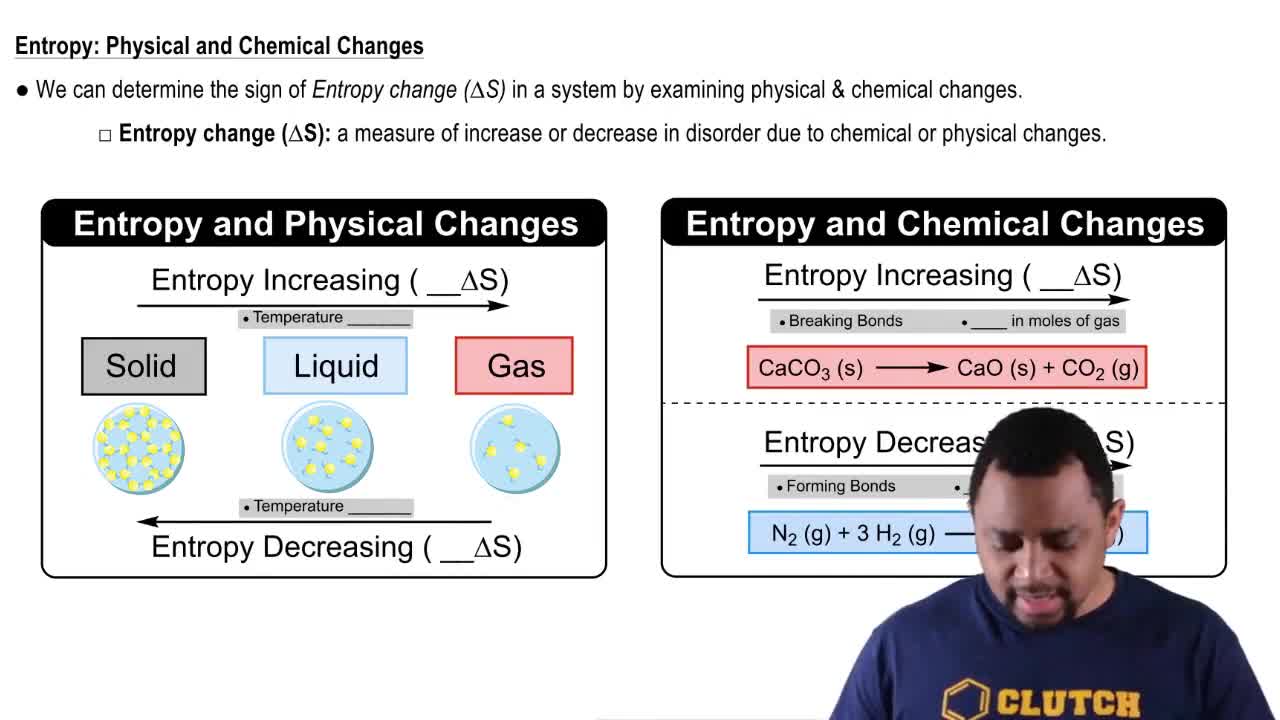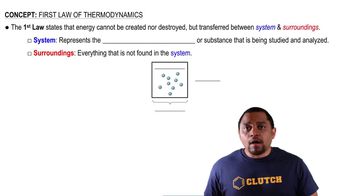Consider the combustion of butane gas and predict the signs of ΔS, ΔH and ∆G.
C4H10(g) + 13/2 O2(g) ⟶ 4 CO2(g) + 5 H2O(g)
 Verified step by step guidance
Verified step by step guidance Verified video answer for a similar problem:
Verified video answer for a similar problem:



 0:46m
0:46mMaster Gibbs Free Energy (Simplified) Concept 1 with a bite sized video explanation from Jules
Start learning